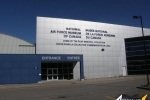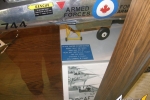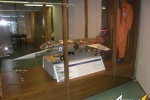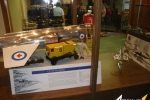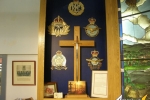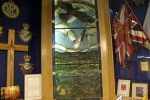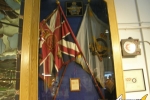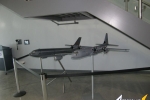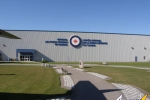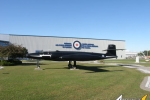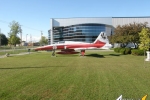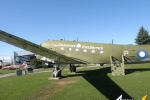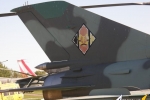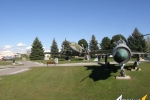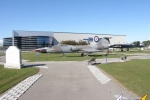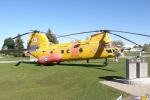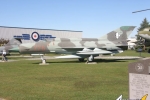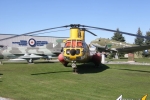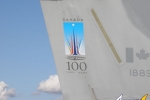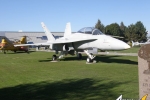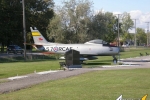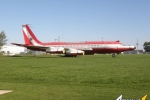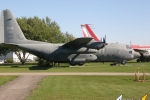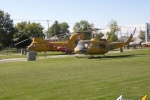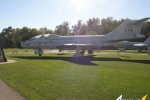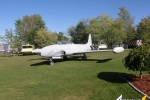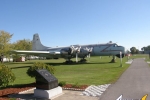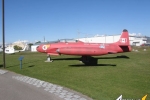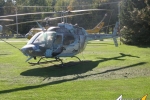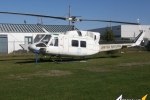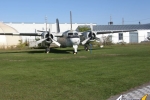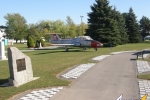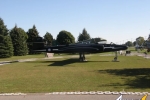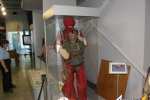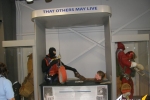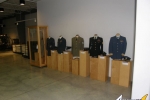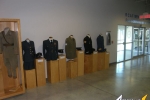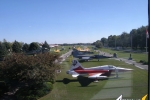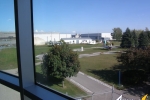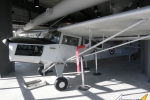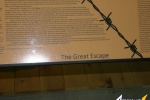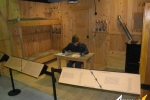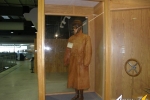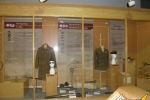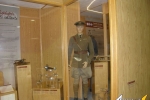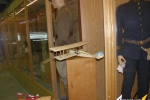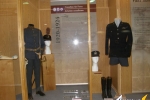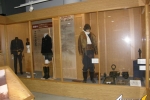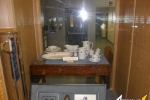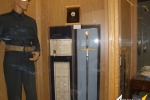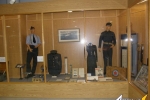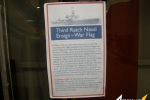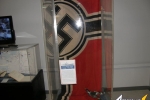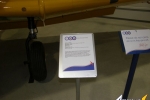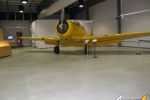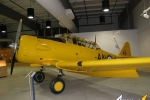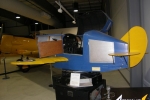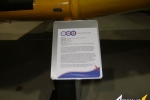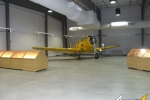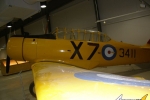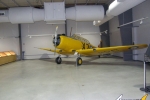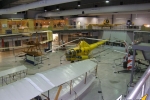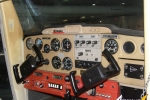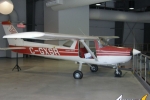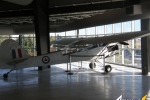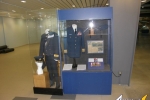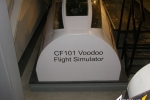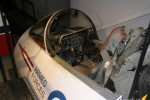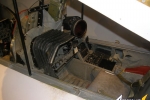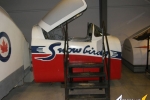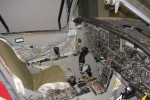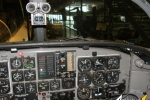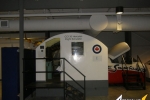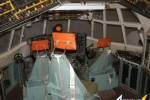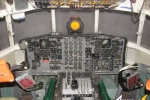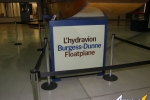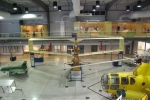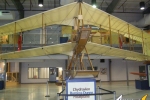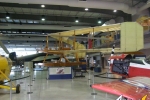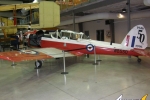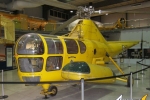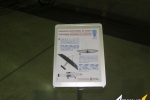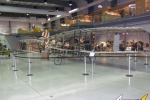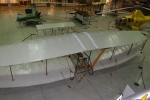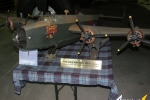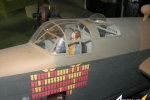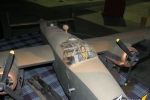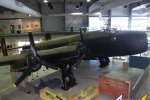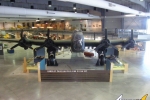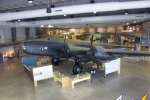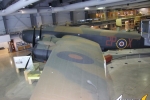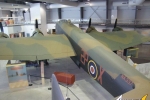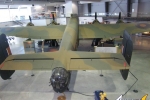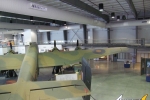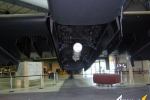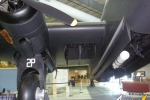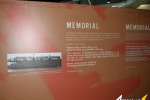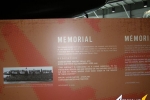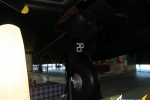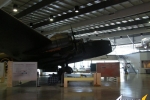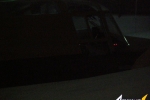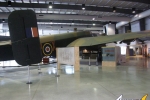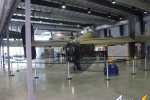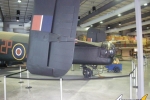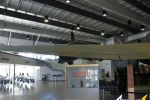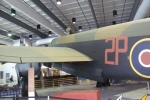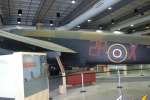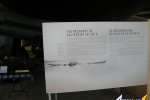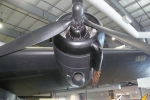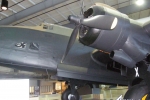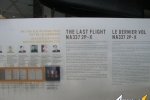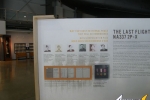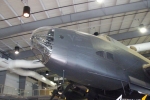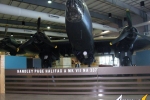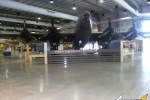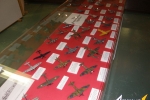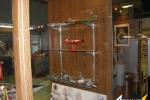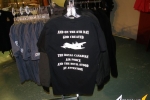National Air Force Museum of Canada
1
Comment
History
Canada's Air Force has had a tumultuous history. First formed as the Royal Flying Corps (Canada) during the First World War, it was strictly a home-based training organisation. Canadians served in British squadrons on an individual basis. There were no formations of Canadians on a formal basis until late in 1918 and none were ever used operationally.In 1920 the Canadian Air Force was formed formally in Canada, using aircraft gifted by the Empire. The Mission of the CAF was never completely articulated, and eventuallymost of the CAF's aircraft and personnel were used in surveying Canada's North, pioneering air routes and in training a core group of pilots and ground crews. The Air Force uniform during this period was Navy Blue, and Army style rank titles were carried over from the RFC (Canada).
In 1924, the King granted the title "Royal Canadian Air Force" to the CAF. Rank titles and uniforms were adapted to mirror those of the RAF. The survey and exploration missions were continued during this time. More effort was spent on Defence duties, with Maritime Patrol and Fighter squadrons were raised.
The 1920s also saw he beginnings of the RCAF's precision flying with the formation of the "Siskins" team.
The Second World War saw the RCAF expand dramatically, to eventually become the third largest Air Force of the conflict. In contrast to the Great War, RCAF squadrons flew and fought together. At home, the British Commonwealth Training Program saw aircrews from around the world come to Canada to train in the wide-open skies far from the conflict. Tens of thousands of young men earned their wings in Canadian skies.
After the war, the RCAF entered its "Golden Age", with several squadrons committed to NATO duty in France and Germany, and Air Transport Command flying freight to destinations all over the world. The RCAF pioneered scheduled jet transport service across the Atlantic using a pair of de Havilland Comet 1 aircraft many years before the airlines did.
In 1968, the Government decided to amalgamate Canada's Armed Services into the Canadian Forces and the RCAF ceased to exist. Uniforms were changed to Rifle Green with gold badges and Army rank titles were applied to all service members. By the late 1980s, there had been sufficient backlash to change the Navy and Air Force uniforms back to their traditional colours.
2011 saw the re-introduction of the traditional names for the three services and gradually since then the traditional Commonwealth style rank badges came back. Finally in 2015 the RCAF's traditional badges were re-established, yet the rank titles remained Army style because the Air Force titles are "too confusing" (notwithstanding the fact that the British, Indian, Australian and New Zealand Air Forces have never managed to be confused in their entire histories). The Museum's collection of uniforms has not yet been updated to show the 2015 styles. Uniforms on display show all the previous variants only.
The Collection
1909 saw the first flight anywhere in the British Empire when J.A.D. McCurdy flew the Sliver Dart from the ice in Baddeck Bay, Nova Scotia. The museum holds a replica which was built and flown on the occasion of the 100th anniversary of the flight.Canadian military aviation got its start when a Burgess-Dunn floatplane was acquired under questionable circumstances and sent to the UK. A more unsuitable beast has rarely been seen pretending to be a military aircraft. Luckily saner heads prevailed, and the Burgess-Dunn had a "mysterious" accident which prevented it from being exposed to the enemy. More suitable aircraft were procured in Europe for Canadian airmen to use.
The museum's centrepiece is Halifax NA337, which was lost in a Norwegian lake in early 1945, and recovered in 1995. Painstakingly restored, it was the only complete Halifax in the world for a period of several years. It is still the most authentic, given that most other existing Halifaxes have been restored using Hastings components.
The outside airpark holds representative RCAF aircraft which are too large and too numerous to store inside. Most of them are showing the effects of Trenton's severe summer and winter weather and could do with a little TLC. Non-RCAF aircraft on display are a Swiss Air Force Hunter, an East German MiG-21 and Pratt & Whitney Canada's Boeing 720 which had been used for many years as an engine testbed.
The displays have only recently been moved into the new Halifax hall, so they are as yet incomplete. The Harvard and Yale are to be joined by an Anson in early 2016 to complete a BCATP commemorative display, and the Great Escape tunnel mockup is still in the older portion of the museum and no longer on public display. It will be moved as time and funds permit.
If you find yourself in the Trenton, Ontario vicinity, please allow yourself a few hours to partake of the museum. Admission is free, but of course the museum staff will gladly welcome an appropriate donation. Directions to the museum and opening hours may be found on their website.
Comments
Hey hey, I was born there. I don't remember it being wild. But then again I lived under the red ensign before that pretty mapleleaf came out
Cheers
SEP 25, 2015 - 06:41 AM
Copyright ©2021 by Jessica Cooper. Images also by copyright holder unless otherwise noted. The views and opinions expressed herein are solely the views and opinions of the authors and/or contributors to this Web site and do not necessarily represent the views and/or opinions of AeroScale, KitMaker Network, or Silver Star Enterrpises. Images also by copyright holder unless otherwise noted. Opinions expressed are those of the author(s) and not necessarily those of AeroScale. All rights reserved. Originally published on: 2015-09-25 18:14:32. Unique Reads: 9319





